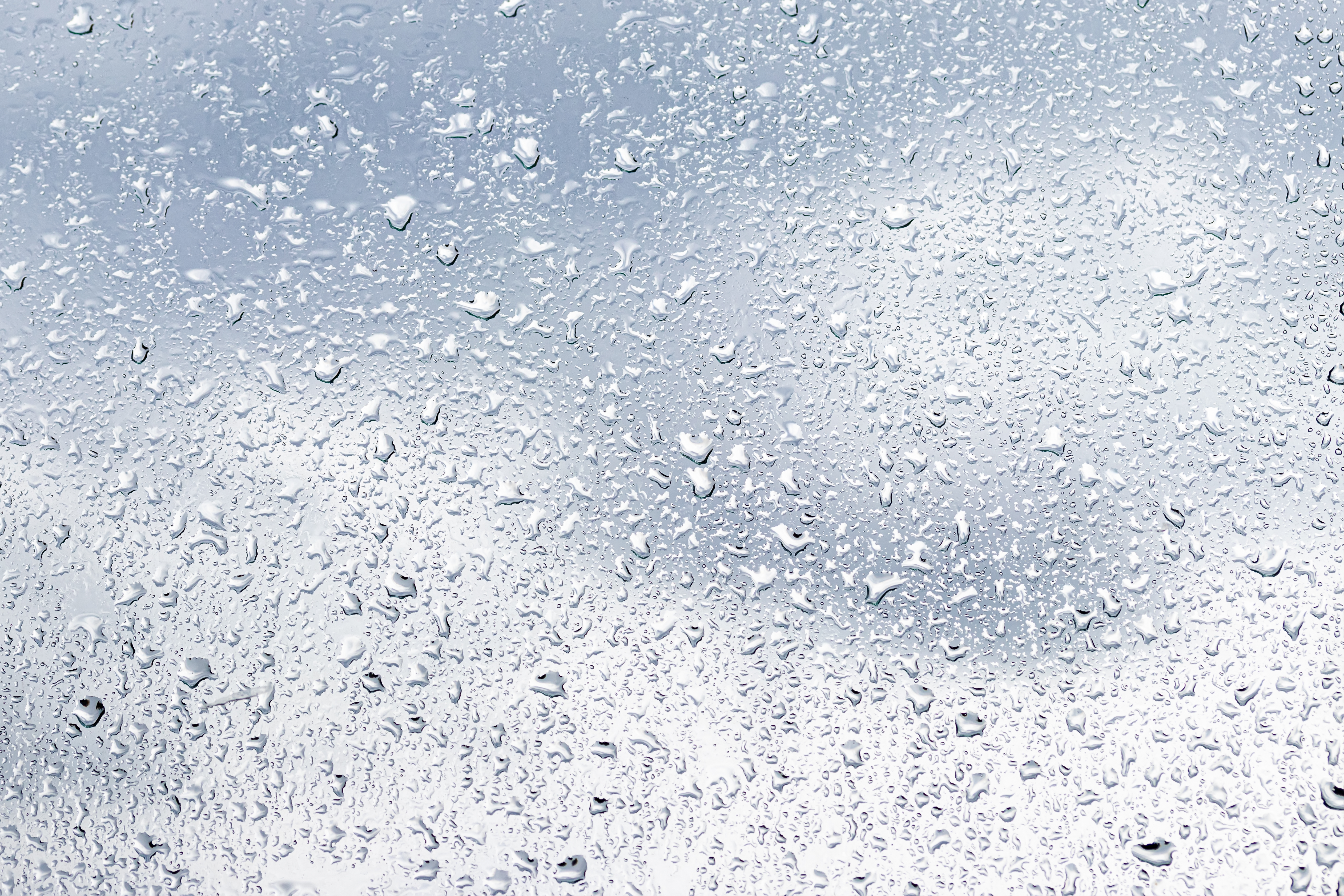Contact us for support
If you’re dealing with damp and mould, we’re here to help. Report it to us and we’ll visit your home and create an action plan to get the issue fixed.
The easiest way to report damp and mould is through our customer portal, Connect, where you can upload photos and videos. You can also call us on 03000 120 120.
You can read and download our damp and mould policy here.
What happens after you report damp and mould
1. Within 10 working days of receiving your report of damp or mould, a trained member of our team will visit your home to assess the issue.
Within three working days of the visit, we’ll send you a report and an action plan to fix the problem.
If a medical professional tells us there’s an imminent risk to health, we’ll treat it as an emergency and visit within 24 hours of being notified.
2. We will complete works within 12 weeks, where reasonably possible. If the works can’t be completed in this time, we’ll keep you informed.
If there’s a health risk, we’ll complete all preventative work to mitigate the risk within five working days.
What is damp
There are four main causes of damp and mould. If you notice any of these signs, let us know so we can help.
This happens when water gets into your home from outside, usually from rain. It’s often caused by issues with the roof, gutters or windows. You might see wet patches, circular or running downwards, often with brown staining.
Leaks from sinks, toilets, showers or pipes can cause damp patches on walls and ceilings. These patches aren’t affected by the weather and appear around the leak. They don’t typically create brown stains.
This happens when moisture travels up from the ground. It shows as damp on the lower part of the wall, with a ‘tide mark’ line higher up. It’s usually caused by an issue with the damp proof course (DPC) - a waterproof layer in the wall - or because a surface on the outside of the wall is higher than the DPC - for example, decking.
Warm air can hold more moisture than cold air. In winter, when heating is on, we see more condensation when warm, moist air touches cold surfaces, like windows and walls, turning into water droplets. Everyday activities like cooking, showering and drying clothes, release moisture. Condensation can’t be completely stopped but it can be managed. The guidance in this leaflet and from our team can help to minimise condensation and its impact on your home.
What is mould?
Mould is a type of fungus that grows and spreads in damp, humid, and poorly ventilated places. It spreads quickly when there’s moisture (like condensation) and a food source (such as typical household dust and bacteria). Remove these conditions, and the mould will not grow.
Tips to reduce condensation
Whatever the cause of damp in your home, we’re here to help. If condensation is the cause, these tips may help you to manage it.
Reduce moisture in the air
-
When cooking, keep lids on pans and close the kitchen door. Use an extractor fan, if you have one, or open a window if possible.
-
When taking a bath or showering, open a window or use the extractor fan. Keep the bathroom door closed to keep moist air from entering other rooms.
-
When running a bath, add cold water first (up to around 2-3 inches), then top up with hot water - this can reduce condensation by up to 90%.
-
Dry clothes outside if you can. If drying indoors, use a room with an open window and closed door.
-
Don’t dry clothes on radiators.
-
If you use a tumble dryer, make sure the ventilation pipe leads outside and it’s properly connected.
-
Avoid using portable gas or paraffin heaters as these produce a lot of moisture.
-
Wipe away condensation with a dry cloth and try to increase ventilation in your home.
Increase air flow
- Open windows for five minutes, a couple of times a day. If possible, open windows on opposite sides of your home for better air circulation.
- Do not put too many things in cupboards – this traps moisture and can lead to mould.
- Leave a small gap (about two inches) between furniture and external walls so air can circulate.
- Do not block radiators with furniture.
- Keep vents and window trickle vents open and clear of obstructions.
Heating your home efficiently
Keeping your home warm, at around 18-21°C, can help reduce condensation. If you need advice on energy efficiency, are finding it hard to manage your heating or your heating bills, or have issues with your energy provider, please contact our Home Energy Advice Service at homeenergyadviceteam@alliancehomes.org.uk or call 03000 120 120.
How to treat mould
If you’re experiencing damp and mould, please contact us. If you want to treat the mould yourself, here are some tips:
- Clean mould growth with a fungicidal wash that has a Health and Safety Executive approval number - available from most supermarkets and DIY stores.
- Spray affected areas with mould remover or white vinegar. Wear gloves (and any other protective equipment recommended)and follow the manufacturer’s instructions.
- Paint the area with anti-mould paint. This won’t work if you paint over it or put wallpaper on top.
- Keep the area dry by wiping away condensation regularly.
Related items
-
pdf 257Kb
Damp, Mould and Condensation Policy

